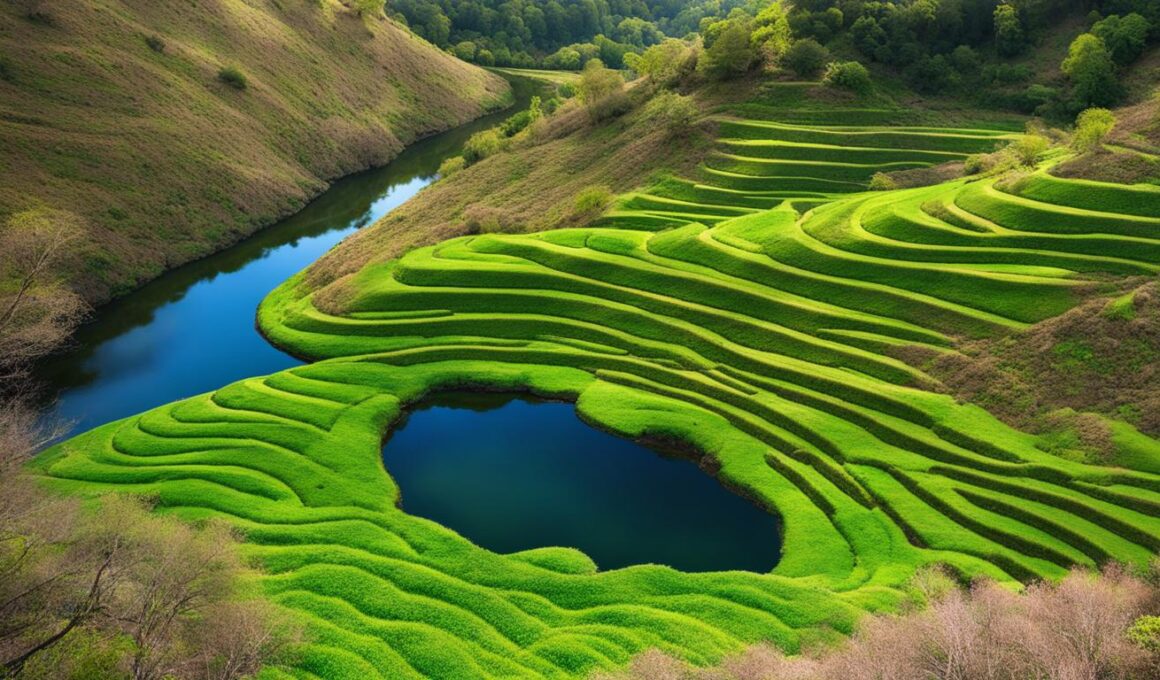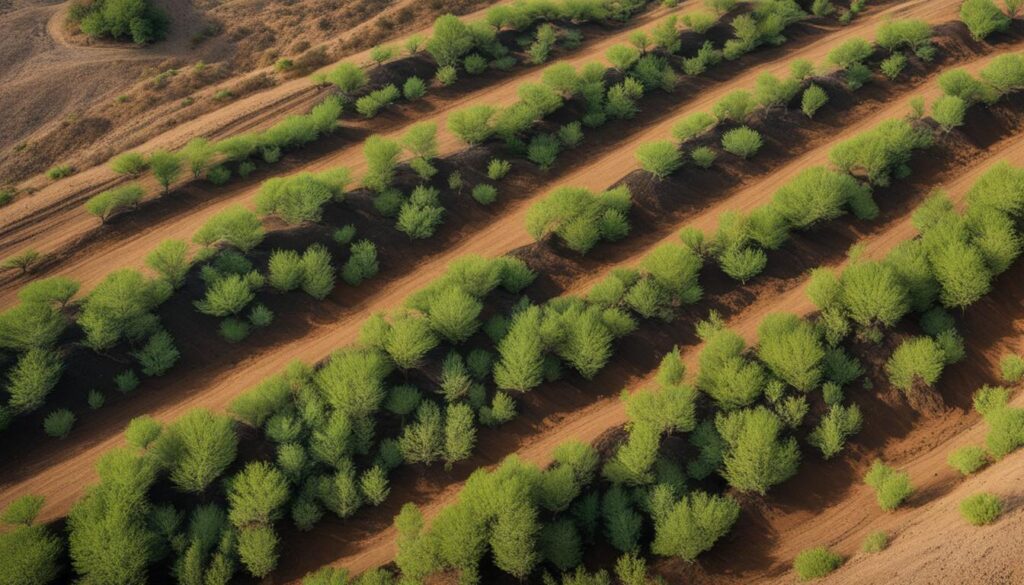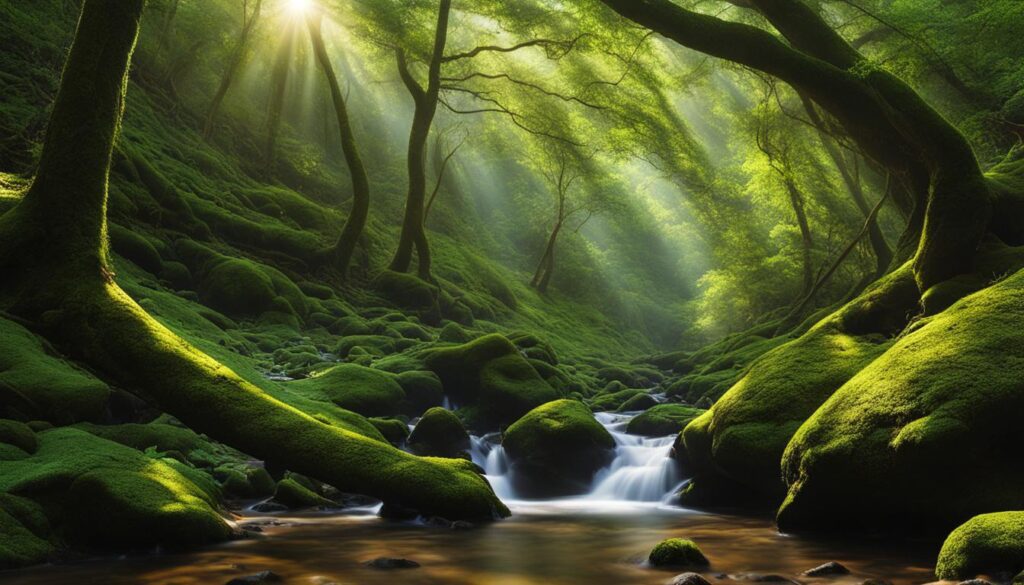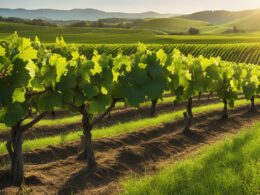Erosion control is an important consideration for maintaining a stable landscape. Choosing the right plants can play a crucial role in preventing soil erosion on slopes and hillsides. The following list features a variety of plants that are effective in erosion control, with characteristics such as vigorous growth, attractive foliage, and a strong root system. These plants are also resistant to deer browsing. It’s important to select plants that are suitable for the specific conditions of your yard, considering factors like sunlight exposure and desired level of maintenance. Implementing terraces and retaining walls can also contribute to erosion control on steep slopes.
Creeping Junipers for Erosion Control
When it comes to controlling erosion, creeping junipers are a top choice, especially in sunny areas. These low-growing ground covers have a unique ability to slow down the velocity of heavy rain with their spreading foliage. Not only are they effective in preventing soil erosion, but they also add year-round color to your landscape, thanks to their cold-hardy and evergreen nature.
Several popular cultivars of creeping junipers are available, each with its own distinctive features. For instance, ‘Blue Rug’ boasts beautiful blue foliage, while ‘Prince of Wales’ stays compact and reaches a height of only 6 inches. If you prefer a touch of yellowish-green color, ‘Lime Glow’ is a great choice. The best part is that creeping junipers are deer-resistant, making them an excellent option for retaining soil on hills.
Not only do creeping junipers serve as an effective erosion control measure, but they also add beauty to your outdoor space. By incorporating these ground covers into your landscaping, you can create a visually appealing and environmentally friendly garden. Take a look at the image below to see the stunning foliage of creeping junipers in action:
With their ability to retain soil and control erosion, creeping junipers are a valuable addition to any landscape, particularly if you have sun-exposed areas prone to erosion. Consider implementing these low-maintenance ground covers for an effective erosion control solution that also adds visual interest to your outdoor space.
Vinca Minor for Shady Erosion Control
Vinca minor, also known as periwinkle, is a low-growing ground cover that thrives in shady areas. It forms a dense carpet of evergreen foliage, which helps stabilize soil on slopes. Vinca minor is drought-tolerant and can survive in challenging conditions. It produces beautiful purple flowers in spring and requires minimal care. This ground cover is a great choice for erosion control on slopes with limited sunlight.
Forsythia and Deutzia for Steep Slope Erosion Control
When it comes to controlling erosion on steep slopes, shrubs like forsythia and deutzia can be highly effective. These plants possess strong root systems that help retain soil and prevent erosion, making them valuable additions to any landscape.
Forsythias, known for their vibrant yellow flowers, are particularly well-suited for slopes due to their weeping form. The drooping branches of the Forsythia suspensa variety will strike down roots where they touch the soil, further stabilizing the slope and controlling erosion. This unique adaptation allows the forsythia to thrive in challenging conditions and contribute to erosion control efforts.
On the other hand, deutzia plants offer mounded shapes and produce beautiful pink bell-shaped flowers in spring. While adding visual appeal to the landscape, deutzia also plays a crucial role in erosion control. Their strong root systems help secure the soil and prevent runoff, reducing the risk of steep slope erosion.
Both forsythia and deutzia require full sun to flourish. By incorporating these shrubs into your landscape design, you can create an aesthetically pleasing environment while effectively managing erosion on steep slopes.
Shrubs like forsythia and deutzia are excellent choices for erosion control on steep slopes. Their strong root systems and visual appeal make them valuable assets in preventing soil erosion. Choose these shrubs for your landscape, and you’ll be well on your way to maintaining a stable and beautiful outdoor space.
Other Plants for Erosion Control
In addition to the previously mentioned plants, there is a wide variety of options available to help with erosion control in your landscape. These plants serve as excellent ground covers for erosion control and can contribute to the overall stability of your soil.
Some of the other plants that are effective in erosion control include:
- Catmint
- Creeping Myrtle or Pachysandra Terminalis
- Lamium Maculatum
- Liriope
- Ophiopogon Planiscapus Nigrescens
- Phlox Subulata
- Cotoneaster Horizontalis
- Siberian Cypress
- Fountain Grass
- Honeysuckle
- Russian Sage
- Sedges
- Maiden Grass
- Ajuga
- Periwinkle Vine
Each of these plants contributes to erosion control through their strong root systems, spreading foliage, and ability to adapt to various growing conditions. When selecting plants for erosion control, it is important to consider the specific needs of your site, including sunlight exposure and soil type.
Can Fast Growing Plants also Help with Erosion Control Efforts?
Yes, fast growing erosion control plants can be highly effective in stabilizing soil and preventing erosion. Their rapid growth and extensive root systems help hold the soil in place, making them a valuable tool in erosion control efforts. These plants can play a crucial role in preventing soil loss and maintaining ecological balance.
Conclusion
When it comes to erosion control, finding the right plants is essential. By selecting plants that are well-suited to your yard’s specific conditions, such as sunlight exposure and soil type, you can effectively prevent soil erosion and retain soil on slopes.
Look for plants with vigorous growth, attractive foliage, and a strong root system. These characteristics will not only help stabilize the soil but also add beauty to your landscape. Additionally, consider implementing terraces and retaining walls to further enhance erosion control efforts on steep slopes.
Remember, the key to successful erosion control lies in the combination of plant selection and effective strategies. By choosing the right plants and implementing the appropriate techniques, you can create a stable and visually appealing landscape that not only prevents soil erosion but also enhances the overall aesthetics of your outdoor space.











